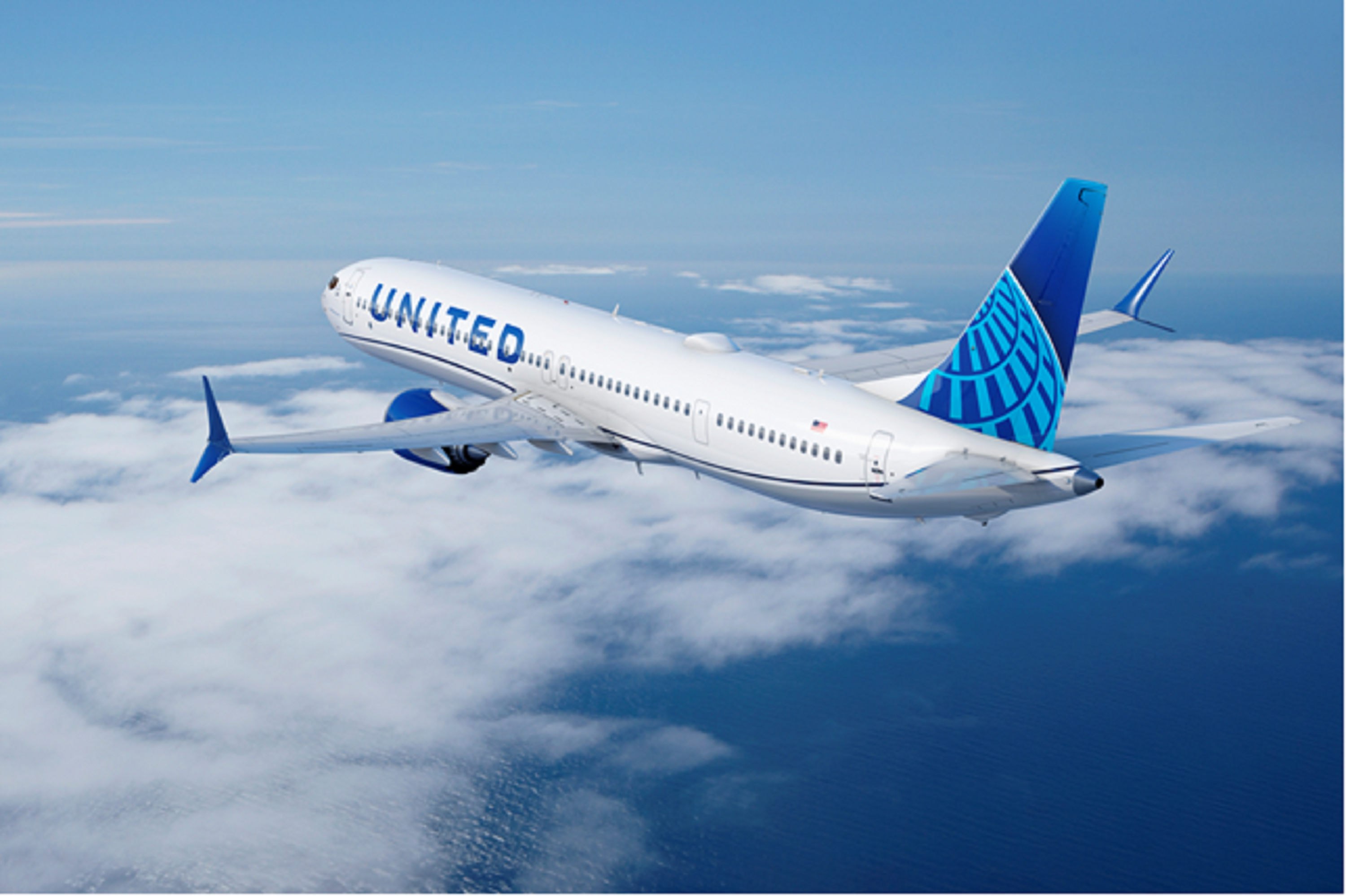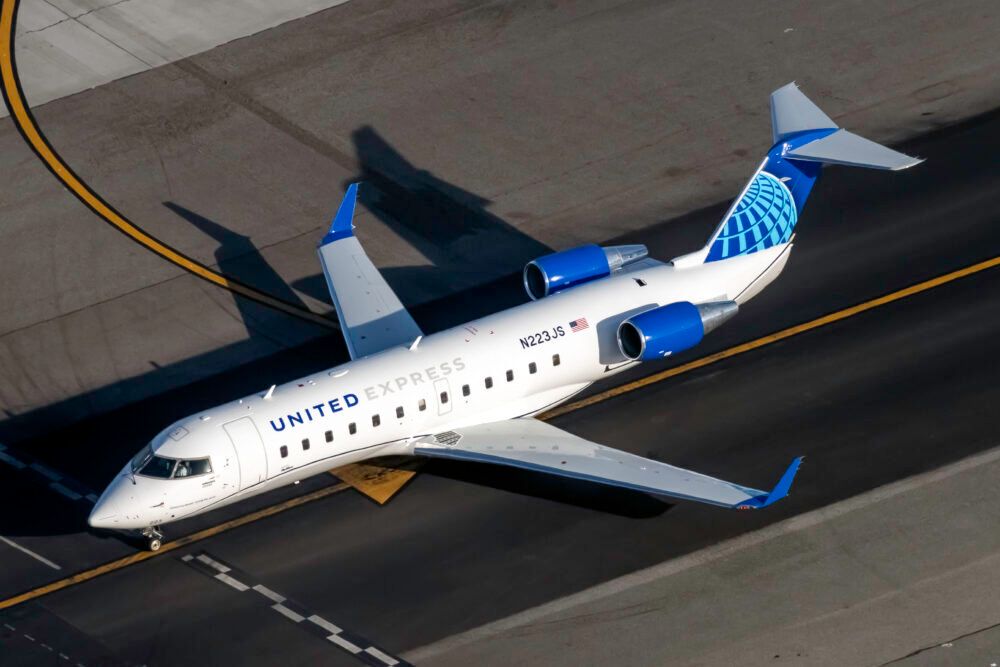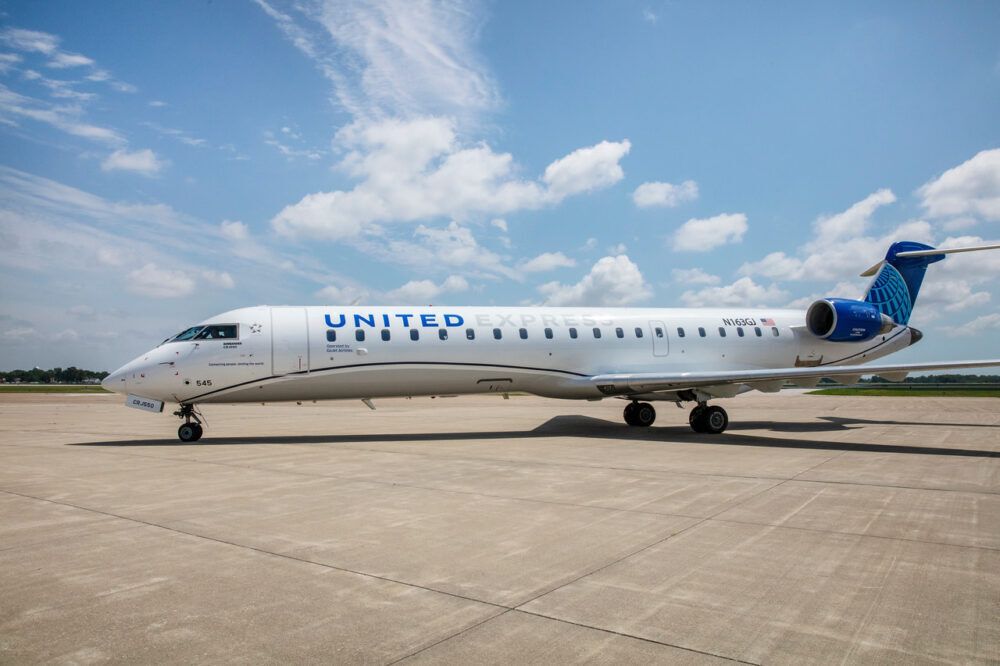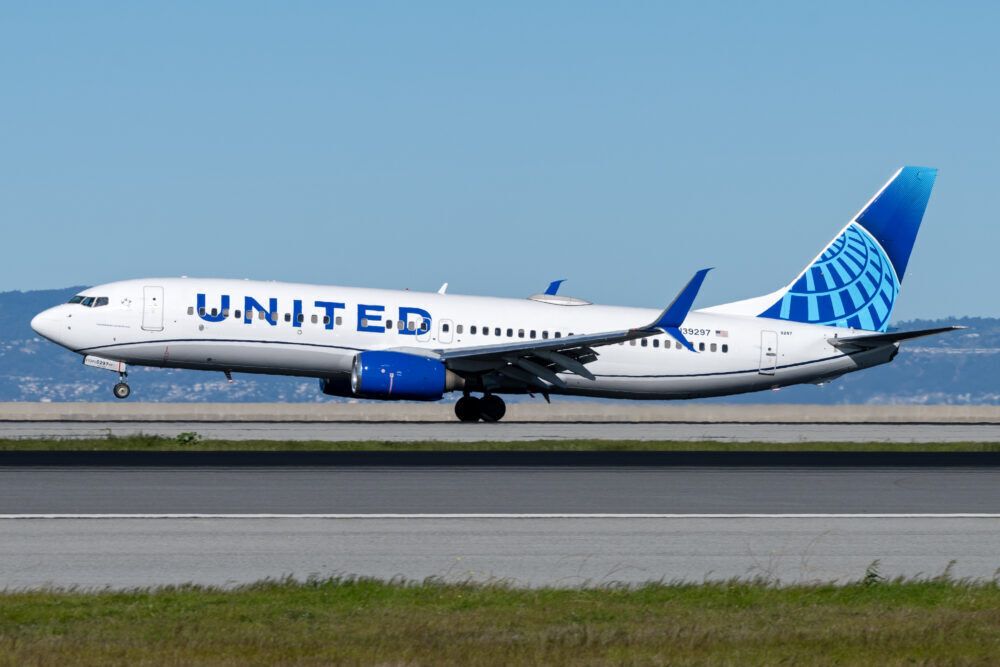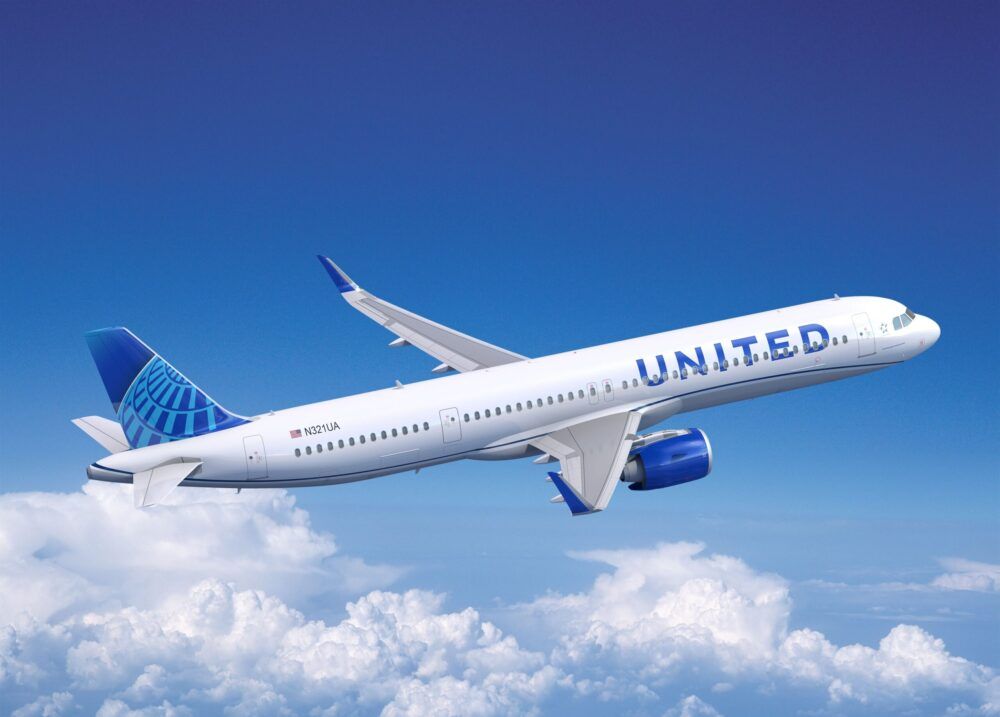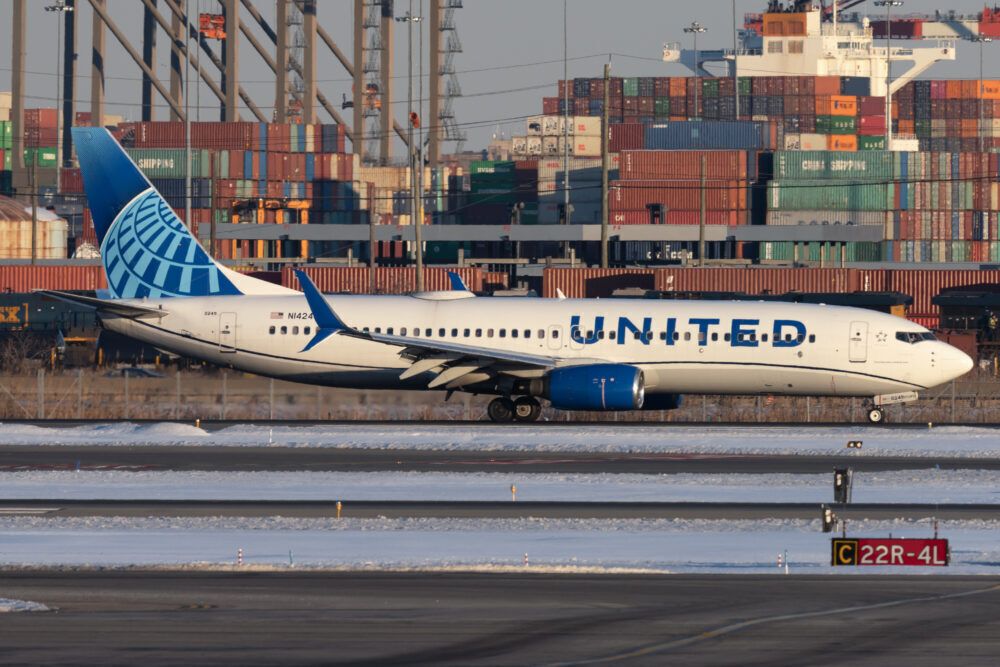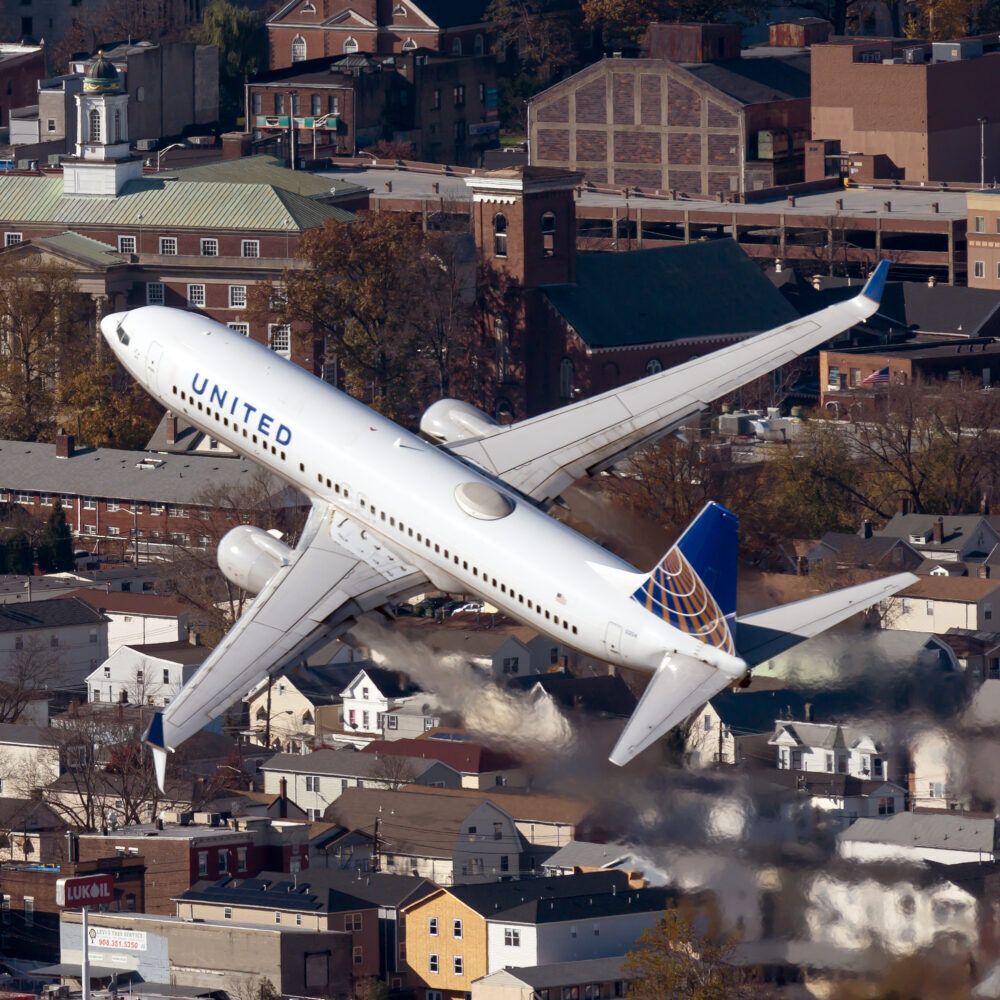The biggest news that came out on Tuesday, June 29th, was the massive 270 aircraft order from United Airlines. Split between 200 Boeing 737 MAX aircraft and 70 Airbus A321neos, United Airlines has officially started to put the crisis behind it and turn toward a post-crisis environment where it seeks to gain an edge over the competition. However, this order is not all about network growth. In fact, the major rationale for the order comes down to a major piece of United's strategy: aircraft gauge.
United has a gauge problem
Executives at United Airlines have recognized that the airline has a gauge problem in the domestic US. In 2019, looking at North America, United Airlines had an average aircraft gauge of 104 seats per departure. Its legacy peers had an average of 114 seats per departure, while the low-cost and ultra-low-cost carriers had an average gauge of 175 seats per departure.
The 104 seat issue for United Airlines stemmed largely from single-class regional jets. United Airlines is limited by its scope clauses with pilots from flying larger regional jets, so it has to fly a relatively higher number of all-economy 50-seaters.
Those 50 seaters have problems of their own. While they are great in small markets, the airline has had to put them on lucrative routes that require higher frequencies, but for which United does not have enough spare larger regional jets. One such example is flights between the DC-area and Newark.
Stay informed: Sign up for our daily and weekly aviation news digests.
United wants to draw down the 50-seaters
Much of the new order is targeting increasing gauge by replacing enough jets to displace the all-economy 50 seaters. The premium CRJ550s will stick around, and will continue to fly the most lucrative routes, but United is starting to reach the end of the line with them.
For example, United compared Midwest hub departures on single-cabin regional jets for North America. Out of its Chicago (ORD) hub, 42% of United's departures were on single-cabin regional jets. This compares to 28% of American's departures at ORD. Delta flew 18% and 19% of its departures from Minneapolis (MSP) and Detroit (DTW), respectively, on all-economy regional jets.
This is an amazingly high number for United, and it represents the scale of the problem at one of the carrier's most significant hub. As part of the draw-down of 50 seaters, United plans to get to only 4% of departures of all-economy regional jets. Note that the CRJ550 will continue to fly out of the hub.
Overall, nearly 33% of United's North American departures are on single-class regional jets. Under the United Next plan, the airline wants to bring that down to 10%.
By just how much is United increasing its gauge?
From roughly 104 seats per departure in 2019, United Airlines wants to grow to an average of 134 seats per departure by 2026. This is a whopping 30 seats per departure increase. It is important to stress that United will still be flying regional jets, including 50-seaters, but its sizable gauge increase will come from growing the large narrowbody fleet segment.
From roughly 4% of its fleet at the large narrowbody end, United Airlines wants to get to about 33% of its fleet fitting in that segment. This includes the 180+ seat market of narrowbodies. The Boeing 737 MAX 10 and Airbus A321neo are firmly in that category, as the largest narrowbody aircraft from both Boeing and Airbus on offering from fleets United already flies or will fly.
Why gauge matters
Three of United's largest hubs are Newark (EWR), San Francisco (SFO), and Los Angeles (LAX). All three of those hubs are heavily constrained in terms of their facilities, which limits United's abilities to grow departures.
Instead of departures, United can grow organically in those cities by focusing on gauge. This helps lower the airline's costs, allows it to offer an improved product, while also growing the airline's offering of seats in those cities.
Andrew Nocella, Chief Commercial Officer at United, also discussed spilling over demand in relation to the 50-seaters:
"With fewer seats in this product, we often close our inventories really early, so our prices are actually higher than our competitors that offer a mainline jet. You have a product which would otherwise be less to standard, and you have a situation where you have to charge more for that product to get the appropriate financial returns.
"You never can get the right financial returns and so it is subpar product, it spills demand, and has poor unit economics, and we are going to finally really address this, and we're going to address it really quickly."
At the end of the day, United Airlines is looking to become a more premium carrier and is seeking to ensure it is able to offer more capacity in markets that warrant it. The way it can do so, factoring in the restraints around facilities, is by flying larger and more efficient jets.
Hence, the airline's massive 270-aircraft order covering 50 737 MAX 8s, 150 737 MAX 10s, and 70 Airbus A321neos. Altogether, with over 500 narrowbodies on order, United is finally getting around to actually increasing its gauge, and it will do so with significantly improved interiors and in a cost-efficient manner.
Are you glad to see United Airlines move to increase gauge? What are your thoughts on the 270-jet order? Let us know in the comments!

